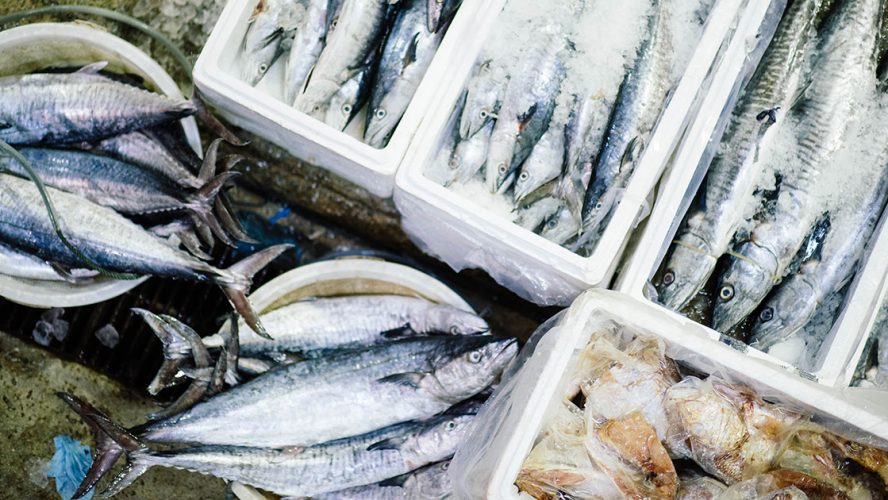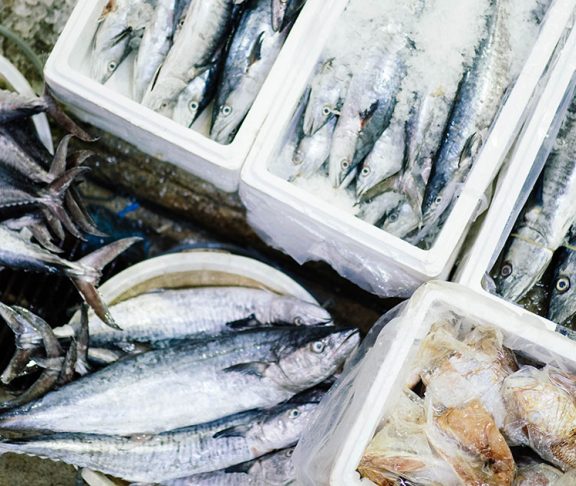
Chris Oliver
NOAA Fisheries
The United States is world renowned for its seafood. Generation after generation of commercial fishermen have taken great pride in delivering these protein-rich foods to dinner tables across the country, making this tradition one of our nation’s oldest and most essential professions.
A growing field
On the world stage, the United States is also recognized as the global leader in sustainable seafood. Our fishery management system is built upon the core principle of using cutting-edge science to set fishing rules — and that these decisions are best left in the hands of local leaders who know their waters and communities’ needs best. In the last four decades, since the advent of the Magnuson-Stevens Fisheries Conservation and Management Act (the U.S.’s primary fisheries law), we’ve successfully rebuilt 43 fish stocks and have essentially ended the chronic overfishing of the past.
As a nation, we’re also experiencing some of our best fishing years. In 2016 alone, U.S. fishermen landed 9.6 billion pounds of seafood with a dockside value of $5.3 billion; including top species like lobster, crabs, scallops, shrimp, and salmon.
Our marine recreational fishermen, many of which fish for the same species as commercial fishermen, also saw success last year. In fact, 9.6 million recreational anglers made 63 million trips in 2016, catching more than 371 million fish (61 percent released alive). In 2015, they contributed $36 billion to the national economy. These figures illustrate fishing as a positive economic driver for our nation. When combined with commercial fishing, they translate into more than $200 billion in annual sales and 1.6 million American jobs in 2015.
Increased demand
While we’re pulling a lot of fish out of our water, it’s not enough to meet our national seafood demand. In fact, the U.S. largely relies on seafood imports from other nations to fill our plates with the species we prefer — approximately half of which are farm raised in other countries. This demand for seafood from around the world in 2016 alone created a ‘seafood trade deficit’ of $14.1 billion. To cut that deficit, and keep more of that revenue in the states, the U.S. government is looking toward a growth of sustainable fish farming (also known as aquaculture) here at home as a solution.
And like commercial fishing, aquaculture producers make impressive contributions to the economy. In 2015, aquaculture farmers produced 627 million pounds of popular species like oysters, clams and salmon, valued at $1.4 billion. Nonetheless, U.S. aquaculture contributes only one percent of global production. But the good news: the United States, from coast to coast, has plenty of ocean territory to use for exploring new opportunities for marine aquaculture.
What truly makes America’s fishermen and fish farmers shine on the international stage is our commitment to capturing and producing safe, healthy and sustainable seafood. Our fishermen abide by some of the most rigorous stewardship practices in the world. Our aquaculture operations adhere to the most robust environmental standards. We have the laws, the expertise and the stewardship ethic to become a bigger global seafood export nation — securing a safe and responsible seafood supply and collecting the economic and health benefits.
And most important of all, America has the most dedicated fishermen on the water and producers on shore to deliver nutritious food to our nation. Fishing is one of the hardest jobs out there — quite literally blood, sweat, and tears — but it is also one of the most exhilarating and rewarding. We thank everyone up and down the supply chain for the work they do every day to deliver nutritious foods to our plate.
I encourage you to get out there and enjoy U.S. seafood. Health experts say we should double our intake.

